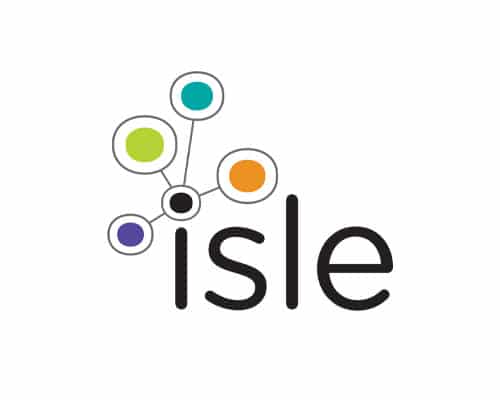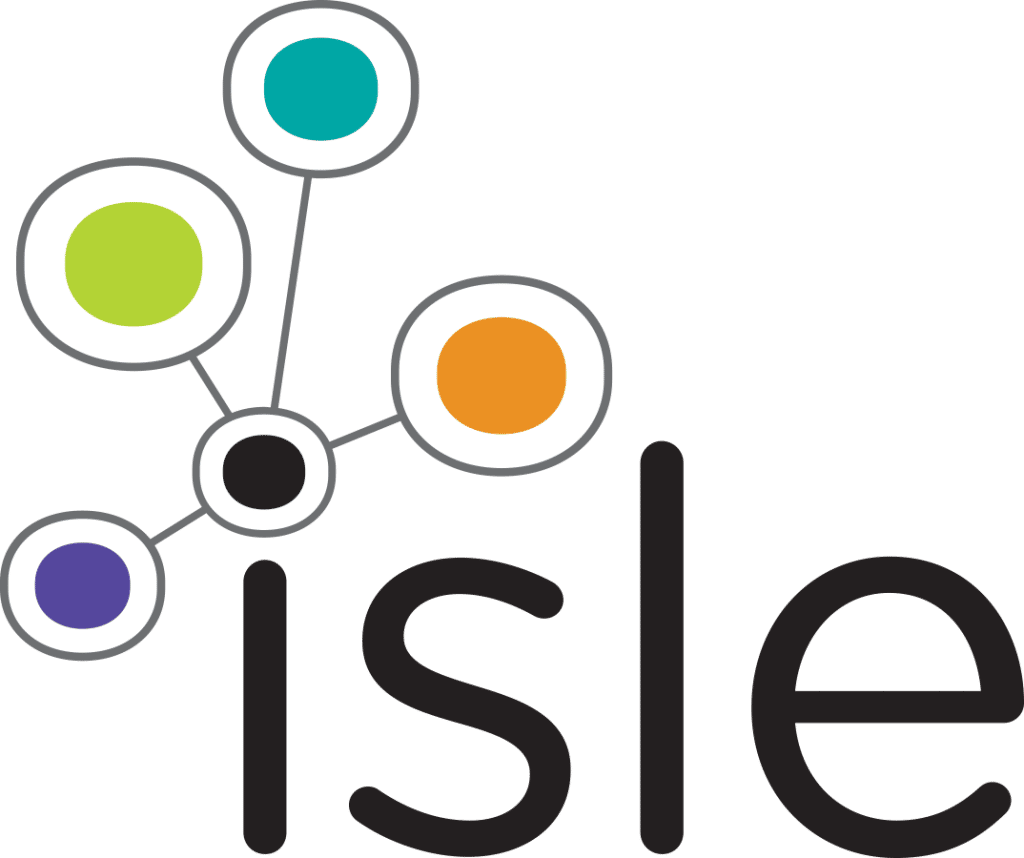Water companies, with their huge asset bases and wide-ranging data, can benefit greatly from advances in artificial intelligence – but what steps should they be taking to reap the rewards? Three leading innovation experts lend their insight to Benjamin Tam, managing director of global technology and innovation consultancy Isle UK.
Harnessing the full benefit of AI in water
Water companies, with their huge asset bases and wide-ranging data, can benefit greatly from advances in artificial intelligence – but what steps should they be taking to reap the rewards? Three leading innovation experts lend their insight to Benjamin Tam, managing director of global technology and innovation consultancy Isle UK.
From water network monitoring and sewer management, to process optimisation, governance and customer engagement, artificial intelligence (AI) gives the water industry the opportunity to transform itself across all corners and is essential to its quest for better efficiency and greater resilience.
Data-led tools are not new to the water industry. Online SCADA systems, for example, have been providing utility control rooms with insight into wastewater treatment processes for the past decade. Real-time monitoring of combined sewer systems has also helped reduce overflows into seas and watercourses. One great example is the Danish water utility Aarhus, which has pioneered this approach effectively at Marselisborg wastewater treatment plant.
In terms of water and wastewater treatment, AI and machine learning is being applied to optimise complex and interlinked processes. The aim is to eventually give companies assurance they are striking a precise balance between chemical and power costs and the production of high quality drinking water or effluent; negating the need to err on the side of caution by over-dosing or over-treating.
Companies are also now looking at how they can leverage data and analytics to make a long-term transformation across all operations. This is evident in the quickening shift towards smart networks, which are enabling companies to be proactive in terms of network management, leading to significant reductions in leakage.
One important development in smart sewer network management comes from global technology company IBM, which has used machine learning and AI to create Sewer Spy, an in-pipe inspection prototype. The technology takes CCTV footage, videos and other feeds to detect corrosion, erosion and vegetation incursions from inside pipes.
This approach speeds up the assessment of video and static imagery by analysing images through a cognitive algorithm, trained and curated by sewer management experts. Ultimately it means the utility can focus resources on those areas of the network in critical condition and reduce overheads for unplanned maintenance.
Rebekah Eggers, IBM’s business partnerships and transformation executive, said: “This is about teaching a machine to see and hear and, based on that information, detect or alert to anomalies. In this case, we’re teaching a machine to look for defects in various pictures of pipe segments and automatically detect issues.”
On the customer side, customer engagement platforms that are using AI to segment the customer base and predict behaviour and consumption are not yet mainstream but are becoming more widely used. Examples include Advizzo, which integrates behavioural science and data analytics.
What can the industry expect to see next? Technology experts have given these predictions:
Professor Dragan Savic, chief executive of KWR research institute in the Netherlands, said: “There are exciting developments in robotics. Work with Dutch utilities has resulted in several robot prototypes and in the UK, the Engineering & Physical Sciences Research Council is funding research project, Pipebots. These are micro-robots designed to work in underground pipe networks and are very much needed to deal with ageing infrastructure.
“One thing that I don’t see today is that water utility data is leveraged with publicly available, or other external, data. This will bring the prospect of real ‘big data’ and AI applications in the water sector. However, that will only be possible with some truly disruptive technology, new business models and wider utilisation of existing AI tools.”
Jaime Barba, chief executive of Spanish technology company Idrica, said: “In the future, AI will guide the optimisation and operation of network behaviour in the event of catastrophic or unexpected situations, allowing us to minimise the impact on the population.
“In this kind of incident, the response will be immediate and automatically operated by the system by means of artificial intelligence. In a context of increasing water scarcity and climate change in the world, AI is key to boosting water efficiency and meeting the United Nation’s Sustainable Development Goals.”
Eggers sums up: “We’re at an inflection point as we move from a world run by people and supported by technology to a world run by automation where the differentiator is how we augment our work to achieve transformation. We believe 100% of jobs will change.
“This is obviously sensitive, and we’ve seen reluctance to adopt AI, despite significant supporting business cases, because of the potential that jobs will be eliminated. It is a very real concern, but it will also free up humans to do higher level work.
“The combination of man-plus-machine is so much more powerful than that of man or machine alone. And the new technology really suits incoming generations that are used to interacting with devices on a daily basis, in natural language fashion.”
These insights really strike to the core of where AI technology is taking the sector – where automation and predictive responses are driven by data in a way that is not possible by humans alone. It also points to a future workforce that is going to be augmented rather than displaced by technology. Indeed, to meet the skills shortage there is certainly room for AI to lend support to stretched workforces.
What needs to occur to make best use of AI technologies? There is a huge amount of technology ready to be adopted and companies should act now to fully harness its benefits.
While water companies are beginning to embrace the digital revolution, efforts must now be made to accelerate adoption of new technology and adapt recruitment strategies to ensure they are equipped with the right skills to fully leverage the tools on offer. With the right structures in place to adopt ideas and innovation quickly, the next five years will provide the sector with a huge opportunity to evolve, and transform into a resilient, progressive, forward-looking industry.
- Keep working on the basics – smart water network functions and technologies, for example, are layered, starting with sensors, remote control, and enterprise data sources, through data collection and communications, data management and display, and up to data fusion and analysis. To reach the top level, organisations need to work on the foundations
- Some of the benefits of AI decision-making will only be unlocked as automation is increased. It will require a number of smaller steps to allow water companies to put faith in autonomous decision-making
- Strengthen the roles of business leaders such as chief information officers, those who can get a line of sight from the operational challenges through to a comprehensive data-driven business.
- Open-up water company data in a secure way
- Attract the right skillsets into the sector. The next generation of water company employees must have the skills to work with data. Transitioning and upskilling the workforce will add further value
- Break out of silos and look to other industries for guidance
To help bridge the gap between emerging AI technology and the water sector, Isle hosts an expert community group aimed at understanding methods of best practice and emerging technologies in the field.

